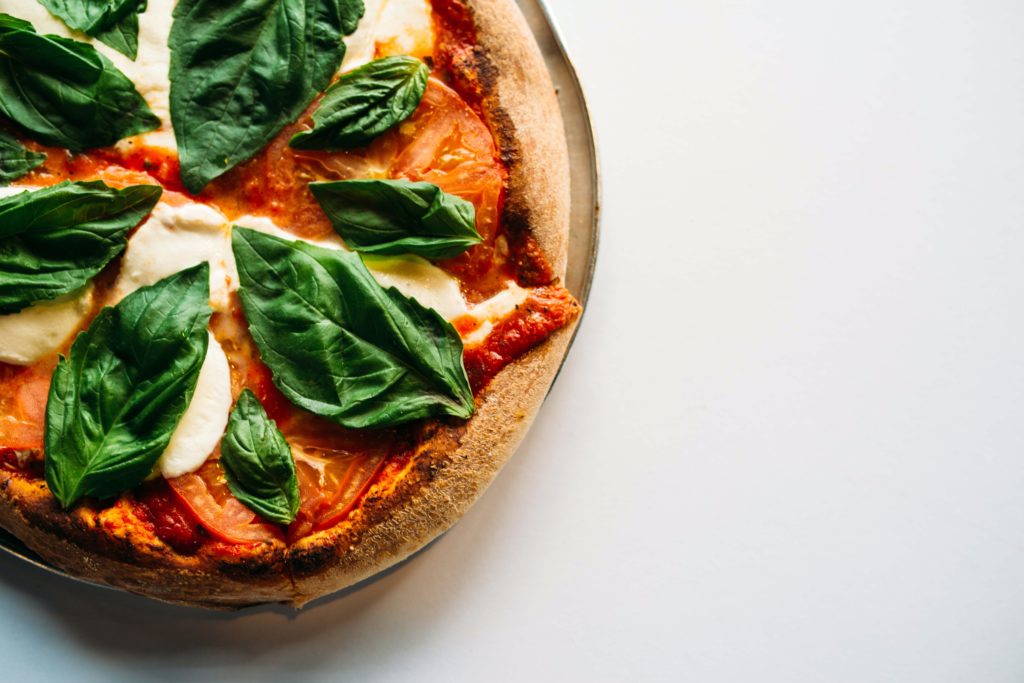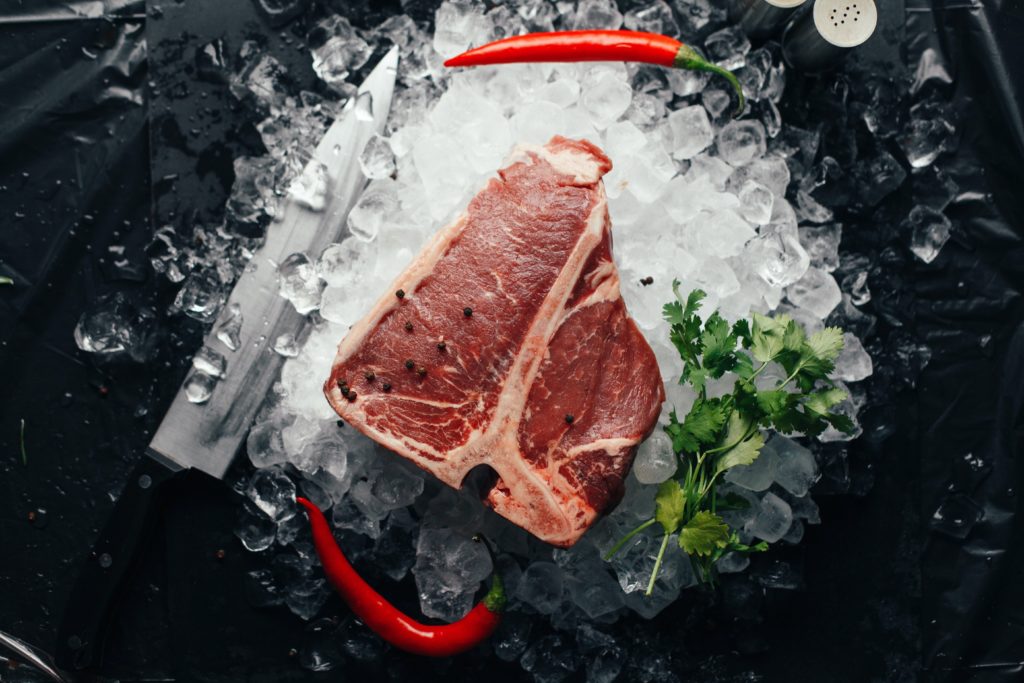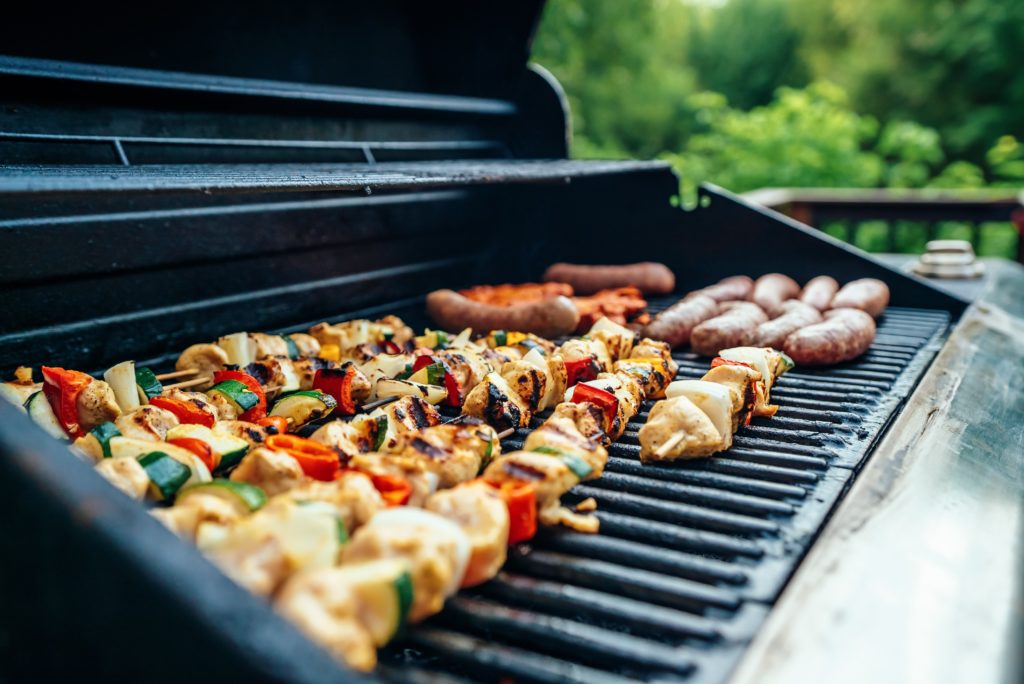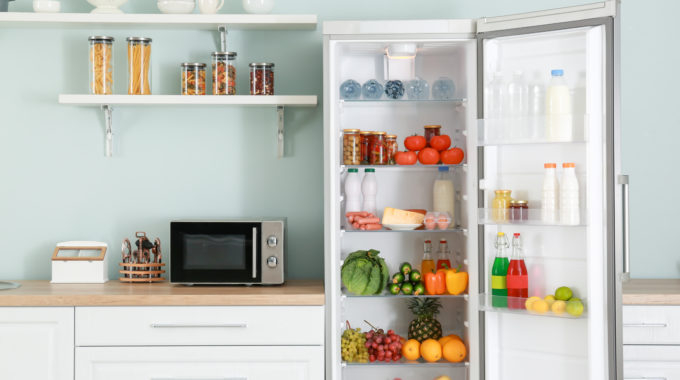The dos and don’ts of food safety
A recent survey by Deliveroo revealed that more than half of us prefer to eat our home-delivered takeaway the next day. While it’s true that day-after pizza tastes awesome, it’s also important that you keep food safety in mind when reheating leftovers. Food poisoning is never fun, as anyone who’s eaten a dodgy prawn can tell you. To help you enjoy yesterday’s pad thai without having it make an appearance again several hours later, food scientist Dr Hazel McTavish shares a list of dos and don’ts of food safety.

LOVE YOUR LEFTOVERS: DOS and DON’TS OF FOOD SAFETY
Leftover dos
• DO keep food covered while you decide whether you want that second serve today or not.
• DO cut large chunks into smaller pieces to chill quickly. You can leave poultry legs, wings and thighs whole.
• DO place sealed tubs straight into the fridge or freezer. The sooner foods cool to below 4°C the longer it will keep in the fridge
• DO reheat leftovers rapidly (the microwave gets the best result). During the reheating process, reactions in meat fibres will improve meat tenderness.
• DO heat food to 70°C for at least two minutes in the centre of the food. Reheat sauces, soups, and gravies by bringing them to a rolling boil.
Leftover don’ts
• DON’T leave previously hot food out for longer than 2 hours prior to refrigerating it, and make sure not to pack raw and cooked leftovers into the same pack for refrigeration
• DON’T leave hot food to cool down on your kitchen bench. Put single-serve packs straight into the fridge.
• DON’T reheat and eat leftovers that have been in the fridge for longer than 5 days.
• DON’T keep reheated food hot for prolonged periods of time (longer than half an hour).
• DON’T reheat food more than once. Eat reheated food immediately.

Food storage
Food safety is important when it comes to fresh food, too. According to Health Direct, you should store any food that needs to be kept cold in the fridge at or below 5°C to prevent the growth of bacteria that could cause food poisoning. Keep frozen foods at or below -15°C in the freezer.
There is a “danger zone” when it comes to the bacteria baddies that could make you sick – between 5 and 60°C. While food won’t immediately become dangerous in this zone, the sooner you get your food outside this zone the better, preferably within four hours.
Meat safety
To keep raw meats safe, always keep them in the fridge at or below 5°C. Store uncooked poultry, mince, sausages and fish in the fridge for up to three days. Store raw shellfish in the fridge for up to two days. Store raw red meat in the fridge for three to five days.
When storing and preparing any meats, make sure you avoid cross-contamination – bacteria that’s transferred from one place to another. Chopping boards, knives and tongs that are used to prep raw meats should never then be used to prepare other fresh or cooked foods. You should also store raw and cooked foods separately in the fridge.

Cooked meats
When it comes to cooking meats, mince, sausages and chicken are only safe to eat when they’re piping hot in the centre, there’s no pink meat visible and the juices run clear. Red meats can be served rare, so long as the outside is cooked.
If you cook a lot of meat or love to barbecue for friends, it’s smart to invest in a meat thermometer so you can test the inside temp of your cooked meats. This helps to remove any guesswork. According to Health Direct, cooking temps for common meats are:
Poultry: 74°C
Mince, sausages and other processed meats: 71°C
Fish and shellfish: 63°C
Rare red meat: 63°C
Medium red meat: 71°C
Well done red meat: 77°C









